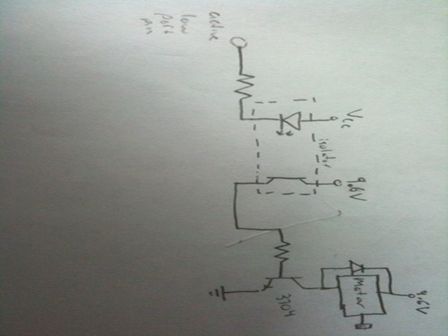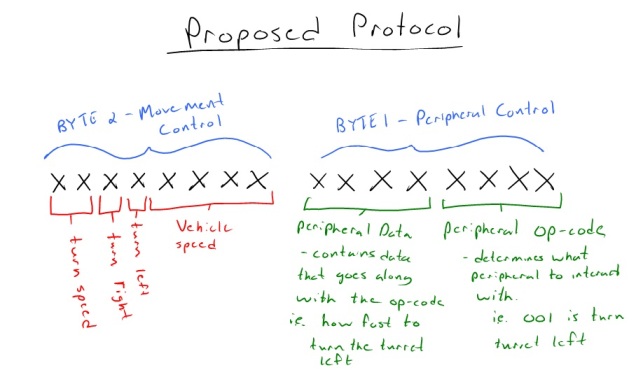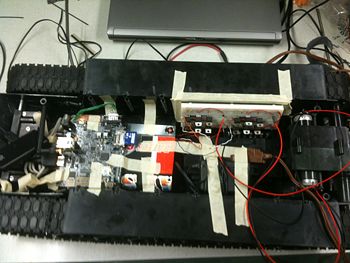Scott Stack - Design Notebook
Week of September 19th:
|
|
Week Summary:
|
Week of September 26th:
|
|
Team Meeting
|
|
|
Week Summary:
|
Week of October 3rd:
|
|
Week Summary:
|
Week of October 10th:
|
|
Week Summary:
|
Week of October 17th:
|
|
|
Team Meeting (tuesday)(2.5-3 hours):
|
|
|
|
Attended weekly VIP meeting. (1 hour)
|
|
Week Summary:
|
Week of October 24th:
|
|
Team Meeting Tuesday (3hours)
|
|
|
Friday
|
|
Week Summary:
|
Week of October 31:
|
|
Meeting Nov. 3rd (4 hours)
|
|
Meeting Friday (1 hour)
|
|
Week Summary:
|
Week of November 7:
|
Meeting with Team (Tuesday) (3 hours)
|
|
Teleconference with HKUST (Thursday) (1 hour)
|
|
|
Friday
|
|
Week Summary:
|
Week of November 14th
|
Weekly Meeting Friday (1 hour)
|
|
Week Summary:
|
Week of November 28th
|
Team meeting (tues) (4 hours)
|
|
Teleconference / Team meeting (Thurs) (5 hours)
|
|
Weekly Meeting (friday) (1 hour)
|
|
Week Summary:
|
Week of December 5th
|
Team Meeting Tuesday (1.5 hours)
|
|
Teleconference / Meeting Thursday (1.5 hours)
|
|
Weekly Meeting Friday (1 hour)
|
|
Sunday (1.5 hours)
|
|
Week Summary:
|
Week of December 12th
|
Teleconference with HKUST Tuesday (1 hours)
|
|
Sunday (2 hours)
|
|
Week Summary:
|




